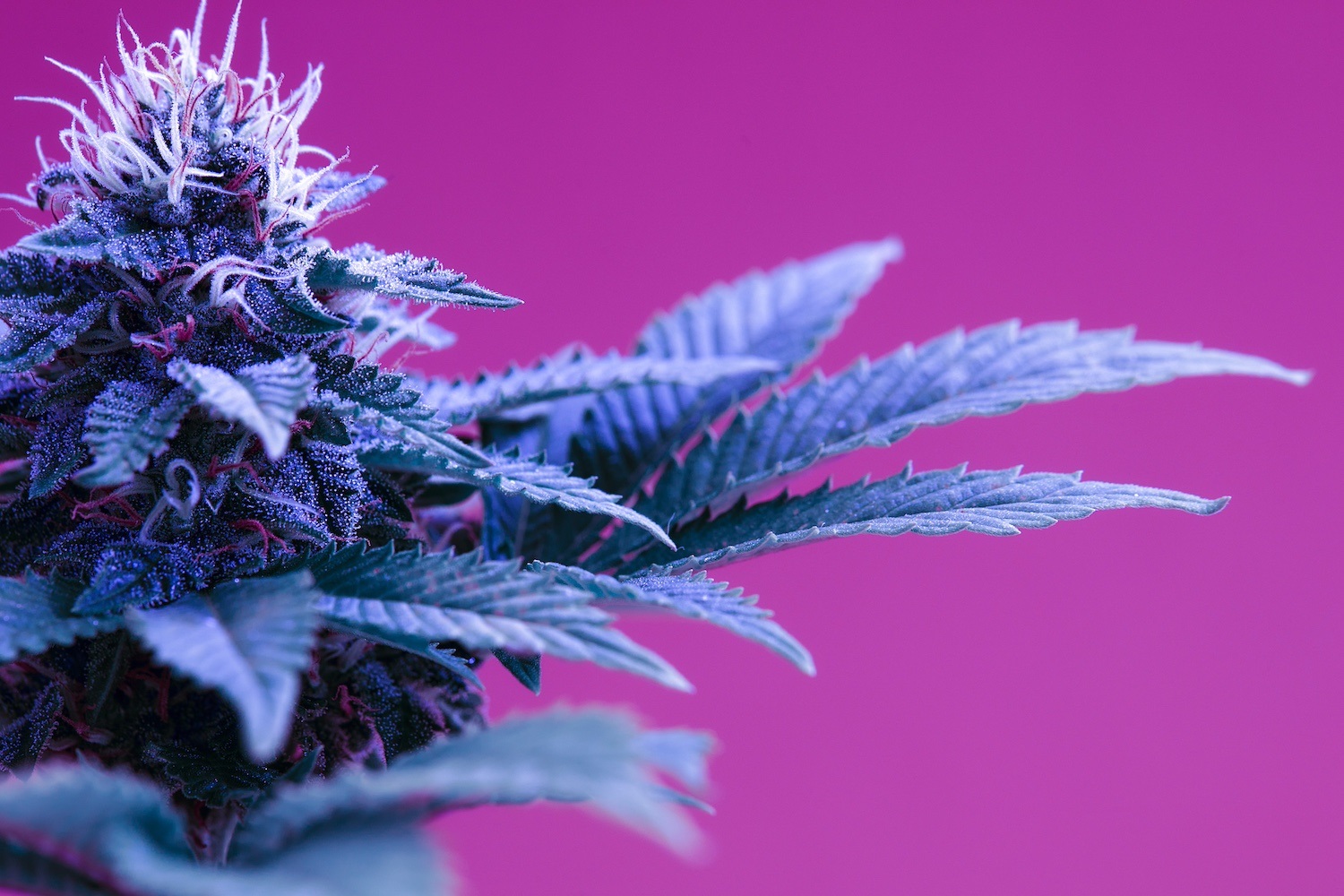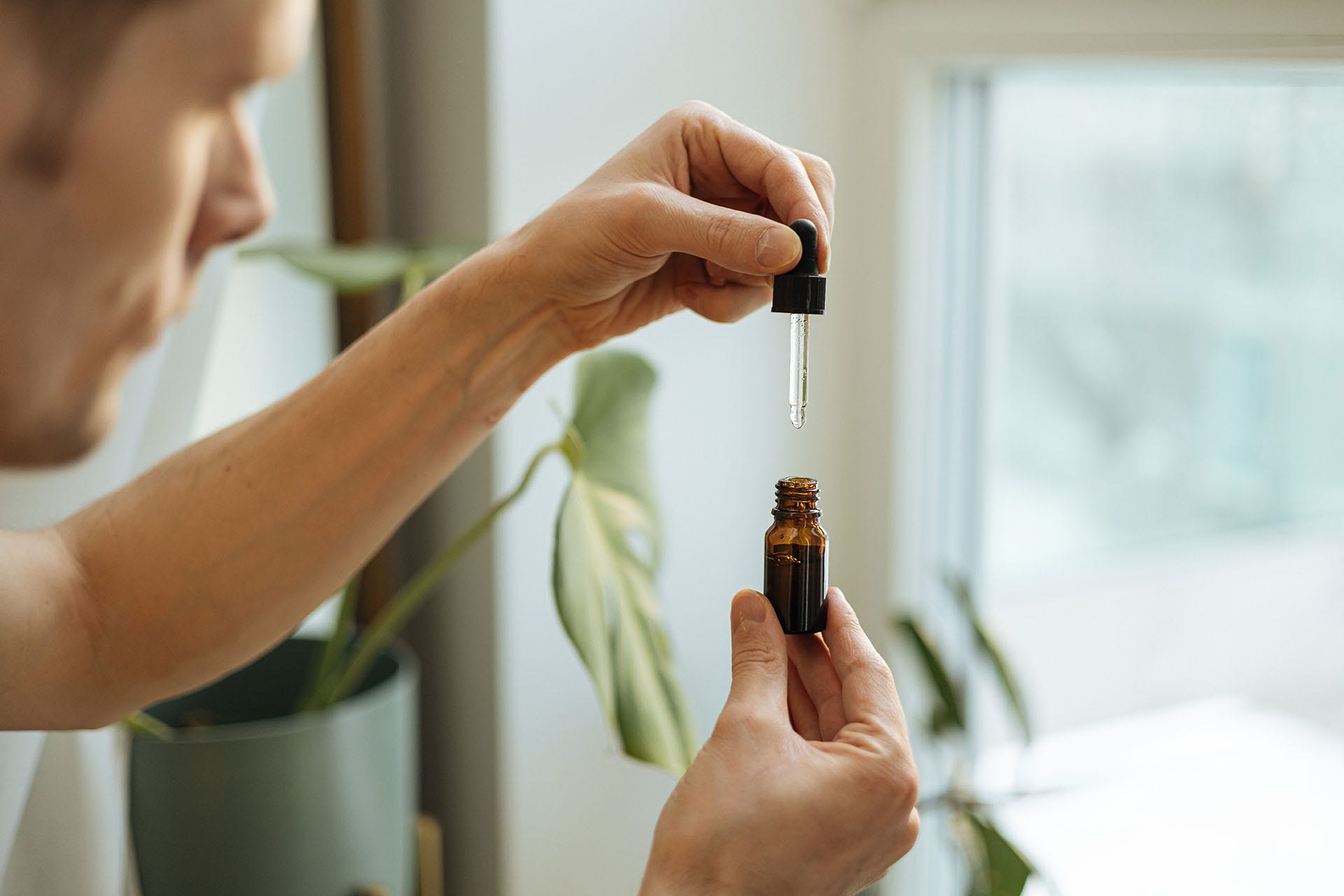Hexahydrocannabiphorol (HHCP) flower, a fascinating botanical specimen, has garnered attention for its unique properties and potential benefits. As interest in alternative remedies grows, understanding the major aspects of HHCP becomes crucial.
Here are five key aspects that should help you understand what is hhcp.
Chemical Composition
At the core of HHCP’s allure lies its intricate chemical composition. Hexahydrocannabiphorol is a cannabinoid, belonging to the same family as the more commonly known THC and CBD. However, HHCP possesses a distinct structure that sets it apart. Research indicates that HHCP may interact with the endocannabinoid system in a manner different from other cannabinoids, potentially offering unique therapeutic effects.
Therapeutic Potential
Studies on HHCP’s therapeutic potential are in their early stages, but preliminary findings suggest promising outcomes. The flower is believed to have anti-inflammatory properties, making it a potential candidate for treating conditions associated with inflammation, such as arthritis and certain skin disorders. Additionally, some researchers are exploring its potential in managing anxiety and stress, although more comprehensive studies are needed to establish these claims.
Cultivation and Sustainability
HHCP flowers come from a specific strain of the cannabis plant, and cultivating them requires careful attention to environmental factors. Sustainable cultivation practices are essential to maintain the plant’s unique chemical profile and ensure a consistent supply. Farmers are exploring eco-friendly approaches to minimize the environmental impact of HHCP cultivation, aligning with the growing demand for responsibly sourced botanicals.
Legal Status and Regulation
As with many cannabis-derived products, the legal status of HHCP varies globally. Some regions have embraced the potential benefits and eased restrictions, while others maintain stringent regulations. It’s crucial for consumers and producers alike to stay informed about the legal landscape to navigate the industry responsibly. The evolving legal status may impact the availability and accessibility of HHCP-derived products in different markets.
Consumer Education and Awareness
With the increasing popularity of HHCP, consumer education becomes paramount. Understanding the nuances of HHCP, including its potential benefits, proper usage, and any associated risks, empowers individuals to make informed choices. Clear and accurate labeling of HHCP products, along with accessible educational resources, contributes to a safer and more responsible consumer experience.
To conclude
The Hexahydrocannabiphorol flower presents a captivating intersection of science, nature, and potential therapeutic benefits. As research progresses, a more comprehensive understanding of HHCP’s effects and applications will likely emerge. Meanwhile, consumers, researchers, and policymakers should collaborate to ensure the responsible exploration and utilization of this intriguing botanical specimen.




